|
Celebrating 34 years providing high quality products and advice.
|
| Our Local Time Is 4:04:24 AM. |
| Call us at 818-786-0600. We are here to help! |
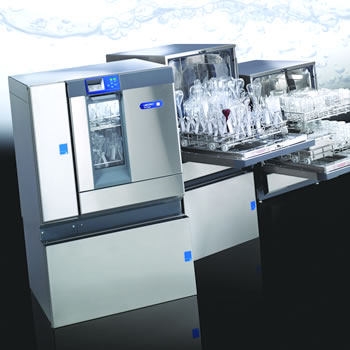 |
Need a new Laboratory Glassware Washer?
We got you covered. |
Water as a Raw Material
| Without a doubt water is a main component of industry. It can be a source of power a source of energy it can remove heat it can be a solvent it washes away impurities functions as a transport mechanism and is used as a raw material in hundreds if not thousands of products.
Modest estimates put daily water consumption by U.S. industry at about 32 billion gallons. Almost two-thirds of that approximately 20 billion gallons is used just for cooling. It should be noted that this is also the daily rate of household consumption. |
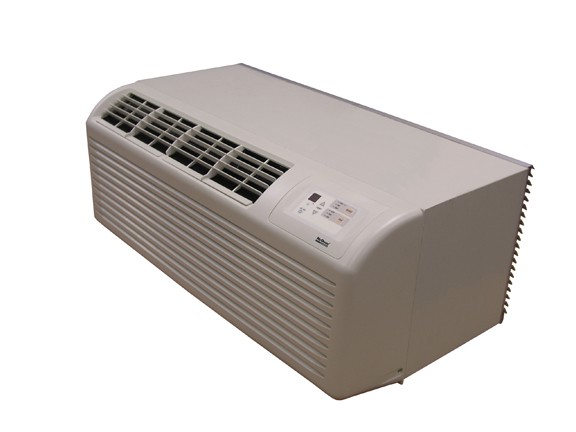 |
There has always been a concern over the quality of water used in industry. Within the past several decades these concerns have pushed industries to formulate water quality criteria. In the past water used in food and beverages simply had to satisfy the eyes and nose. Water for industrial processes could remain relatively foul because when used in industry the water will likely become fouled anyway.
|
Over the years water quality and attitudes towards it have changed greatly particularly in the food and beverage industries. The most significant criteria has been appearance especially in the beverage industry. However factors such as taste have gained great importance over the years. Probably the most important factor to arise in terms of quality due to water pollution is the quantity of coliform bacteria that is present in the water supply.
|
Appearance or turbidity is a measure of cloudiness and color. The accepted turbidity in most food and beverage production is 10 units. Ice is the exception with a turbidity factor of 5 units and most carbonated beverages with a turbidity factor of 2 units. Notably water used in distilled spirits can have a turbidity factor as high as 10 units. Color is only specified for baked good at 10 units carbonated beverages at 10 units and ice with 5 units.
| Taste and odor of water is an important factor in food processing and the cleaning of the food processing machines. However there has yet to an absolute standard established for taste and odor for water in these applications.Since water is odorless any water with a perceived odor could be considered unacceptable this also holds true for taste even though water can often be described as tasting good or tasting bad. Water that tastes bad may contain dissolved mineral salts such as oxides from iron and/or organic matter such as dried leaves bacteria and algae. |
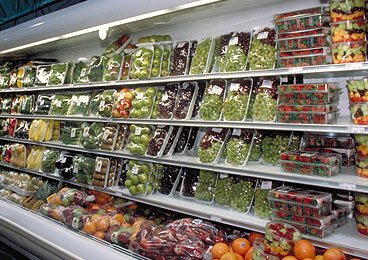
|
Distilled water is practically free of any and all contaminants and is often described as flat or tasteless.
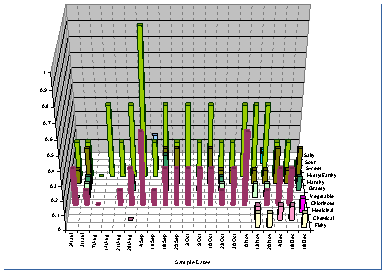 |
The Flavor Profile Method is a technique for evaluating taste and odor that was introduced to the food and beverage industry in 1949 by Arthur D Little Inc.. This method of testing was able to yield reproducible results when performed by trained food technologists. Using this method several trained technologists would smell and taste the substance to be evaluated. They would then provide a profile on the substance that included four characteristics: individual elements that comprise the samples odor can be distinguished from the whole for example burnt almond oily briny etc. They would list the order in which these elements were detected based on intensity and the overall flavor and odor. When this method is used with water the a detailed evaluation of the wasters odor and taste can ascertained.
|
So far we have discussed the obvious useful characteristics in water that can affect its use as an ingredient. The less obvious characteristics because they are hard for the senses to detect are water in solid and gas form. There are many gases that are soluble in water however oxygen is the most troublesome because it has a corrosive effect on most metals. Just as troublesome is the anaerobic decomposition of organic matter which is the result of were all the oxygen to be removed.
Other gasses that can affect waters as an ingredient are hydrogen sulfide which is the cause of the smell of rotten eggs and ammonia. Both of these can have negative effects on water by influencing the pH of water. The acidity or alkalinity of water is measured in pH. For example water used to make hard candy must remain at a certain pH or the sucrose sugar ingredient can invert and cause a sticky mess.
| The solids usually found in water include ionized metal salts and non-ionized organic matter. The amounts of these items can be measured in one of two ways. An older less used method involves evaporating off all of the water then weighing the residue then burning off the organic element of the residue. Then the mineral salts that are left behind are weighed. The amount of organic matter originally present is represented by the difference in weight at the conclusion of this process. |
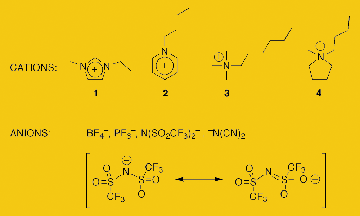
|
The quicker and more widely used method for determining the total ionized solid content is to measure its specific conductance. A conductance of 1200 micromhos/cm at 25oC is the equivalent of a solid content of 750mg/l. A conductance of 1600 micromhos/cm is the equivalent of 1000mg/l.
Substances Occurring In Natural Waters
| Origin |
Suspended |
Colloidal |
Gasses |
Non-Ionized Solids & Dipoles |
Positive Ions |
Negative Ions |
| Minerals soils and rocks |
Clay sand other inorganic soils |
Clay
SiO
Fe2O
Al2O
MnO3 |
CO2 |
SiO2 |
Ca++
Mg++
Na+
K+
Fe++
Mn++
Zn++ |
-HCO3
-Cl
--SO4
-NO3
--CO3
-HSiO3
-H2BO3
--HPO4
H2PO4
-OH
-F |
| The Atmosphere |
None |
None |
N2
O2
CO2
SO2 |
None |
H+ |
-HCO3
--SO4
|
Organic Soil
Organic Wastes |
Organic Wastes |
CO2
NH3
O2
N2
H2s
CH4
H2 |
| Organic Wastes |
Na++
NH4+
H+ |
-Cl
-HCO3
-NO2
-NO3
-OH
HS
-SO4
-SO3
Organic Radicals |
| Living Organisms |
Fish
Algae
Diatoms
Minute
Animals |
Vriuses
Bacteria
Algae
Diatoms |
None |
None |
None |
None |
| |
|
|





